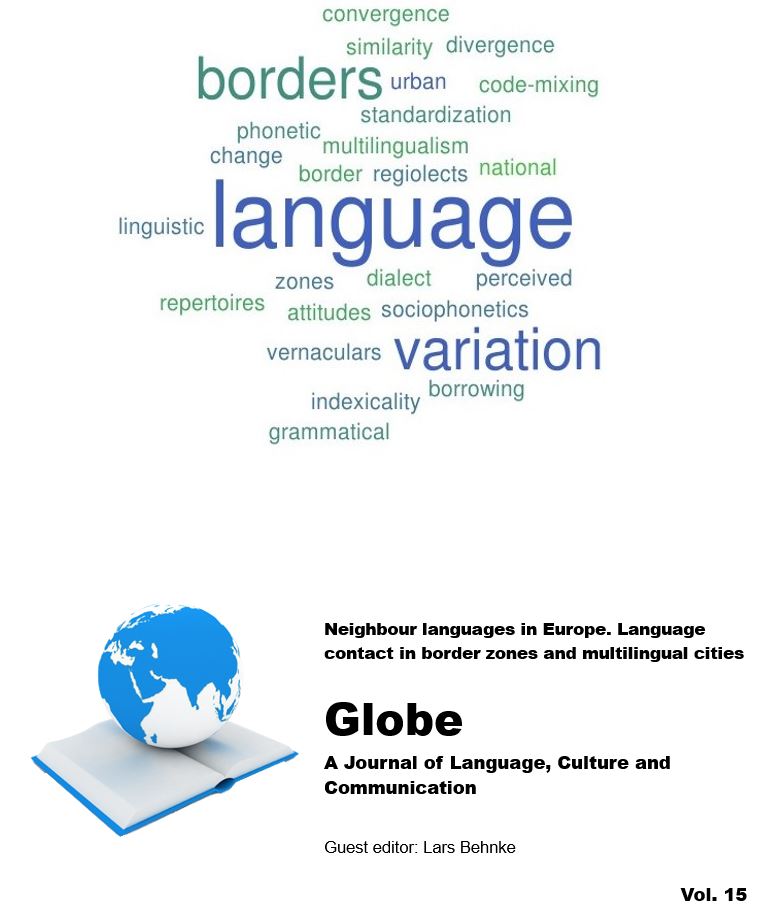German in East Lorraine? Reflections on the status of the autochthonous varieties in Northeast France based on the character of near-standard speech
DOI:
https://doi.org/10.54337/ojs.globe.v15i.8037Abstract
Sometimes a change of a language border is linked to a change in language status of a group of diatopic varieties. The assessment of language status relates, among other things, to the existence of a common norm (standard variety) and the language community members’ adherence to it. For the germanophone varieties in East Lorraine (France), the status is unclear. Structurally, these varieties belong to the West Middle German dialect continuum. However, since the Second World War, the political and identificatory relations to the German language have been difficult. This article examines whether dialect proficient speakers from East Lorraine can (still) speak Standard German and, if so, how it can be characterised. The study is based on recorded interviews. Interviewees were asked to speak (Standard) German. The analysis of the speech data reveals demerging from the German language. Although being competent in the local dialect, only a minority belonging to the older generation can speak a variety that can be considered endoglossic and near-standard. One third speaks clearly regionally bound varieties, approximately 50% speak German just like a language learner (on various levels of proficiency). Interpreted within the framework of macrosynchronisation (Schmidt & Herrgen 2011), the classification of East Lorraine as belonging to the German-speaking area appears even more uncertain as the Lorrain people no longer align themselves with the common norm of the German-speaking area.
Downloads
Published
Issue
Section
License
Articles published in Globe: A Journal of Language, Culture and Communication are following the license Creative Commons Attribution-NonCommercial-NoDerivs 3.0 Unported (CC BY-NC-ND 3.0). Authors retain copyright and grant the journal right of first publication with the work simultaneously licensed under a Creative Commons Attribution License: Attribution - NonCommercial - NoDerivs (by-nc-nd). Further information about Creative Commons


